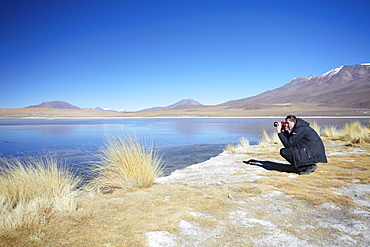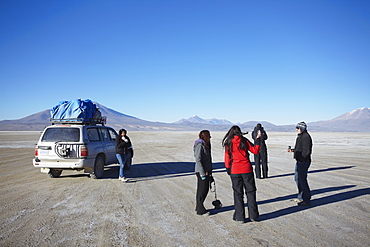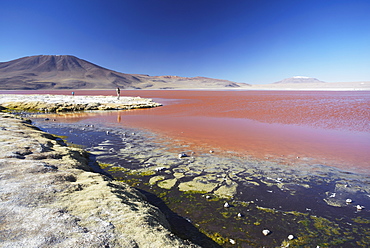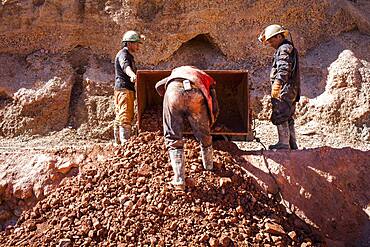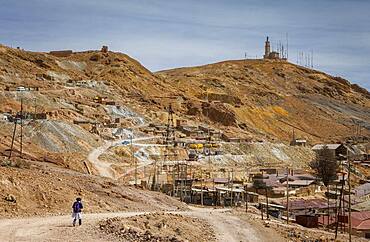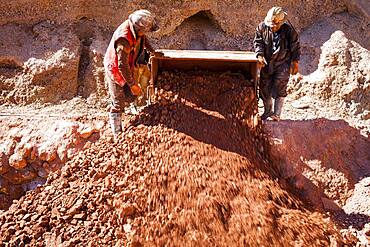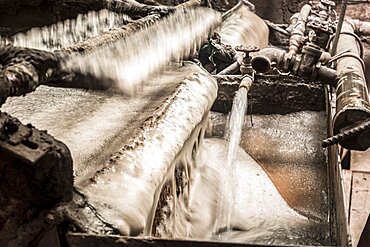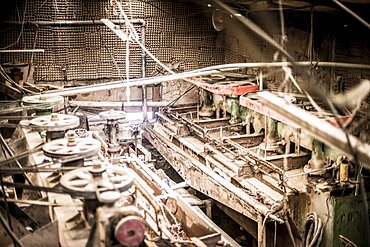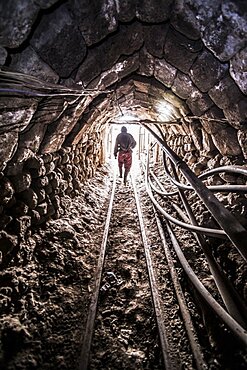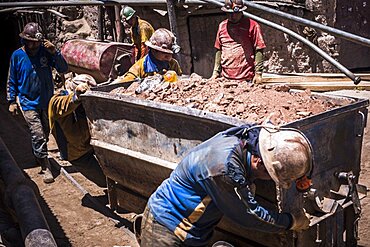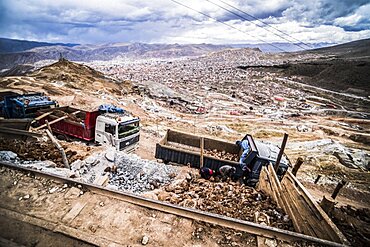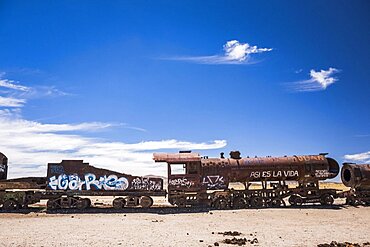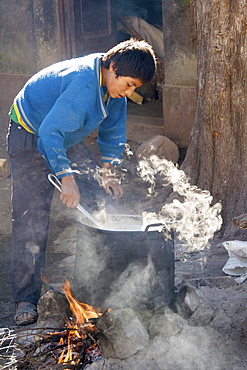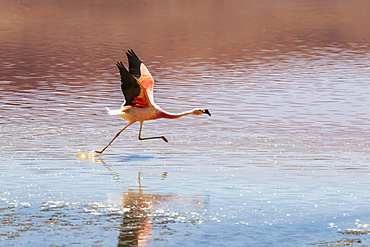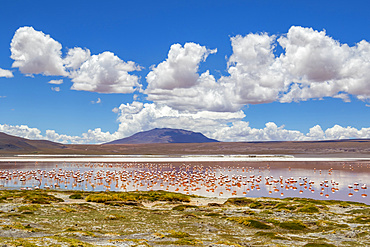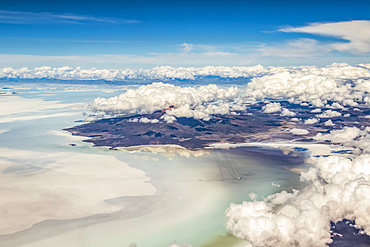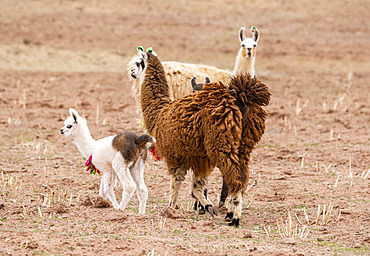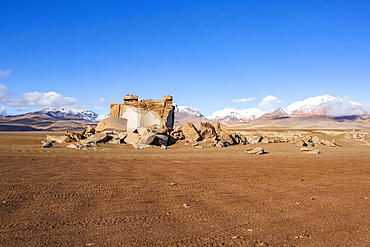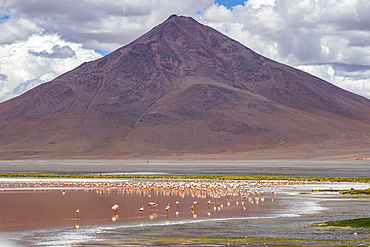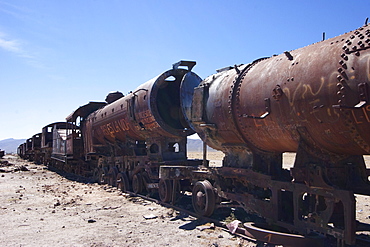Results
« Previous 1 2
106 results found

Couple at Isla del Pescado (Fish Island) on Salar de Uyuni (Salt Flats of Uyuni), Potosi Department, Bolivia, South America
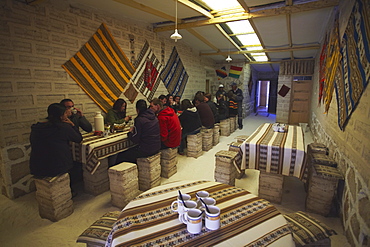
Tourists in salt hotel on Salar de Uyuni (Salt Flats of Uyuni), Potosi Department, Bolivia, South America

Couple standing next to geyser on Salar de Uyuni (Salt Flats of Uyuni), Potosi Department, Bolivia, South America

National Mint of Bolivia, Casa de la Moneda de Bolivia, Potosi, Department of Potosi, Bolivia, South America

National Mint of Bolivia, Casa de la Moneda de Bolivia, Potosi, Department of Potosi, Bolivia, South America
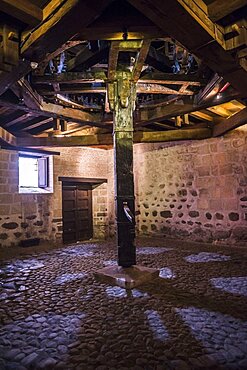
National Mint of Bolivia, Casa de la Moneda de Bolivia, Potosi, Department of Potosi, Bolivia, South America
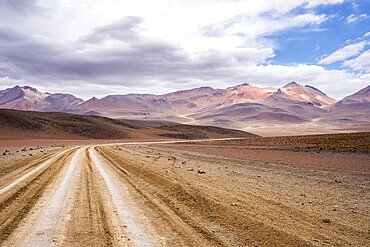
Salvador Dali Desert, Andean Fauna National Reserve, Eduardo Avora, Altiplano, Bolivia, South America
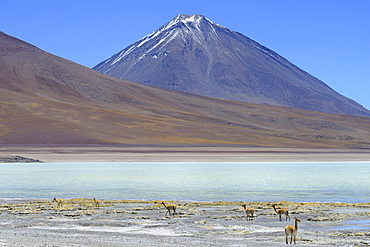
Vicunas (Vicugna vicugna) in front of Laguna Verde and the volcano Licancabur, Reserva Nacional de Fauna Andina Eduardo Abaroa, Sur Lipez, Potosi, Bolivia, South America

Laguna Colorada with flamingos, 4.323 m altitude, border to Chile, Andes, Altiplano, Reserva Nacional de Fauna Andina Eduardo Abaroa, Departamento Potosi, Bolivia, South America
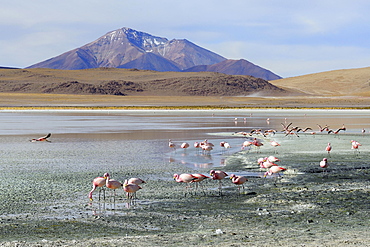
James's flamingos (Phoenicoparrus jamesi), Laguna Hedionda, lagoon route, Nor Lipez Province, Potosi Department, Bolivia, South America
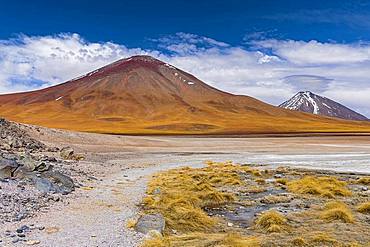
On the edge of Laguna Blanca, 4,331 m altitude, Andina Eduardo Abaro National Park, Altiplano, Departamento Potosi, Bolivia, South America

Flying Andean Flamingo (Phoenicoparrus andinus) in the Laguna Colorada, Reserva Nacional de Fauna Andina Eduardo Avaroa, Altiplano, Departamento Potosi, Bolivia, South America
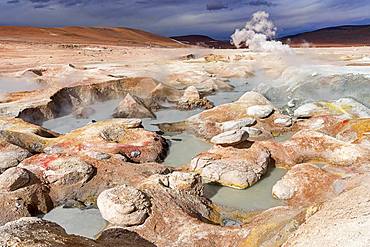
Sol de Manana Geysir, 4.861 m altitude, border to Chile, Andes, Departamento Potosi, Bolivia, South America
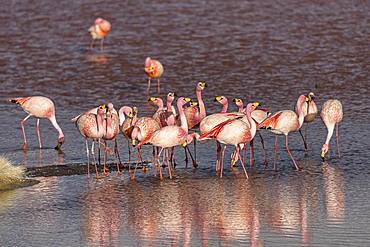
Andean Flamingos (Phoenicoparrus andinus) in the Laguna Colorada, Reserva Nacional de Fauna Andina Eduardo Avaroa, Altiplano, Departamento Potosi, Bolivia, South America
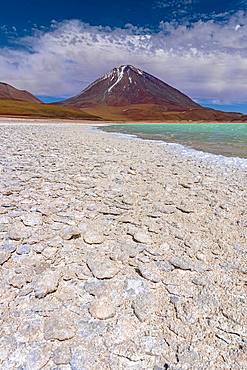
Laguna Verde with deposits of borax, 4.340 m altitude, Altiplano, Andes, Departamento Potosi, Bolivia, South America
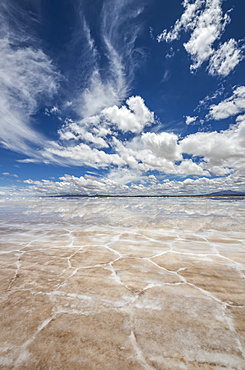
Salar de Uyuni, the world's largest salt flat, during the wet season (December-February); Potosi Department, Bolivia
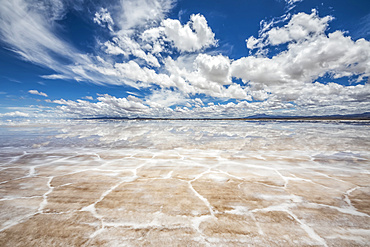
Salar de Uyuni, the world's largest salt flat, during the wet season (December-February); Potosi Department, Bolivia

Flags of countries participating in the Bolivia Dakar Rally on Salar de Uyuni, the world's largest salt flat; Potosi Department, Bolivia

Flamingo standing on one leg in Laguna Colorada, Eduardo Avaroa National Park; Potosi Department, Bolivia
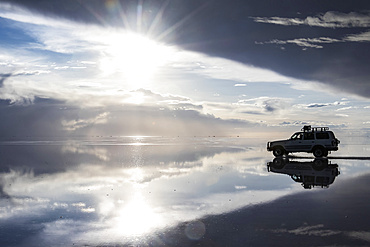
Four-wheel drive and reflection during the wet season (December-February) in Salar de Uyuni, the world's largest salt flat; Potosi Department, Bolivia

Salar de Uyuni, the world's largest salt flat, during the wet season (December-February); Potosi Department, Bolivia

Salar de Uyuni, the world's largest salt flat, during the wet season (December-February); Potosi Department, Bolivia
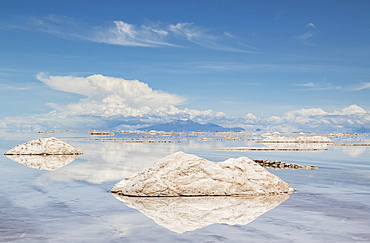
Salar de Uyuni, the world's largest salt flat, during the wet season (December-February); Potosi Department, Bolivia
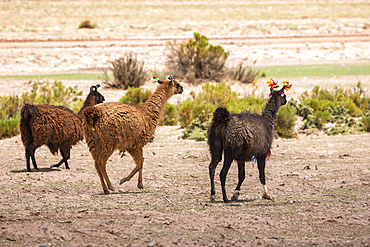
Three llamas (Lama glama) walking with decorative tassels; Nor Lipez Province, Potosi Department, Bolivia

Llama (Lama glama) standing at a roadside with decorative tassels; Nor Lipez Province, Potosi Department, Bolivia

Monument to the Dakar Rally at Salar de Uyuni, the world's largest salt flat; Potosi Department, Bolivia
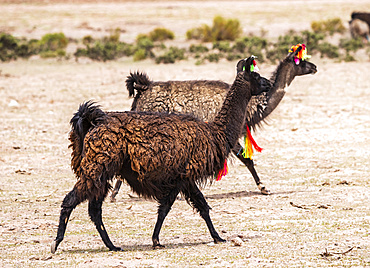
Two llamas (Lama glama) walking with decorative tassels; Nor Lipez Province, Potosi Department, Bolivia

Ceramic figure of el Tio or Supai, a creature with horns, gleaming eyes and a big penis, that in fact is not really satanic. It was introduced by the Spaniards in the 16th Century to the mines of Potosi. According to tradition, el Tio (The Uncle) rules over the mines of Cerro Rico, simultaneously offering protection and destruction. Over 500 chambers with statues to honour him have been constructed in Cerro Rico, so miners can leave offerings of tobacco, liquor and coca leaves to invoke his goodwill and protection., Potosi Department, Bolivia
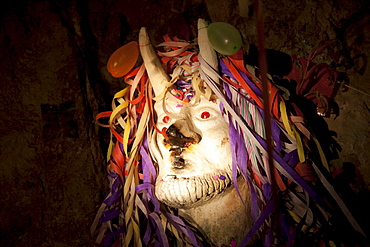
Ceramic figure of el Tio or Supai, a creature with horns, gleaming eyes and a big penis, that in fact is not really satanic. It was introduced by the Spaniards in the 16th Century to the mines of Potosi. According to tradition, el Tio (The Uncle) rules over the mines of Cerro Rico, simultaneously offering protection and destruction. Over 500 chambers with statues to honour him have been constructed in Cerro Rico, so miners can leave offerings of tobacco, liquor and coca leaves to invoke his goodwill and protection., Potosi Department, Bolivia
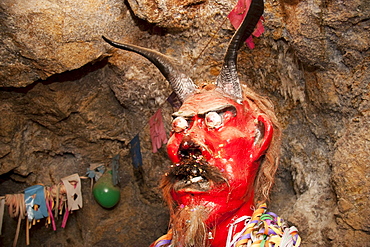
Ceramic figure of el Tio or Supai, a creature with horns, gleaming eyes and a big penis, that in fact is not really satanic. It was introduced by the Spaniards in the 16th Century to the mines of Potosi. According to tradition, el Tio (The Uncle) rules over the mines of Cerro Rico, simultaneously offering protection and destruction. Over 500 chambers with statues to honour him have been constructed in Cerro Rico, so miners can leave offerings of tobacco, liquor and coca leaves to invoke his goodwill and protection., Potosi Department, Bolivia

People Packaging Salt From The Salar De Uyuni In The Village Of Colchani, Potosi Department, Bolivia
